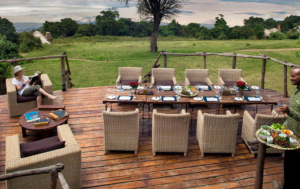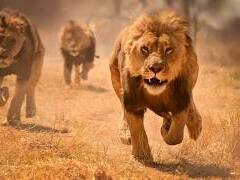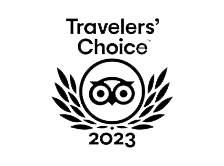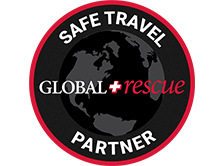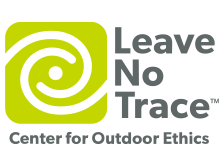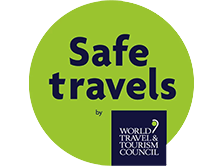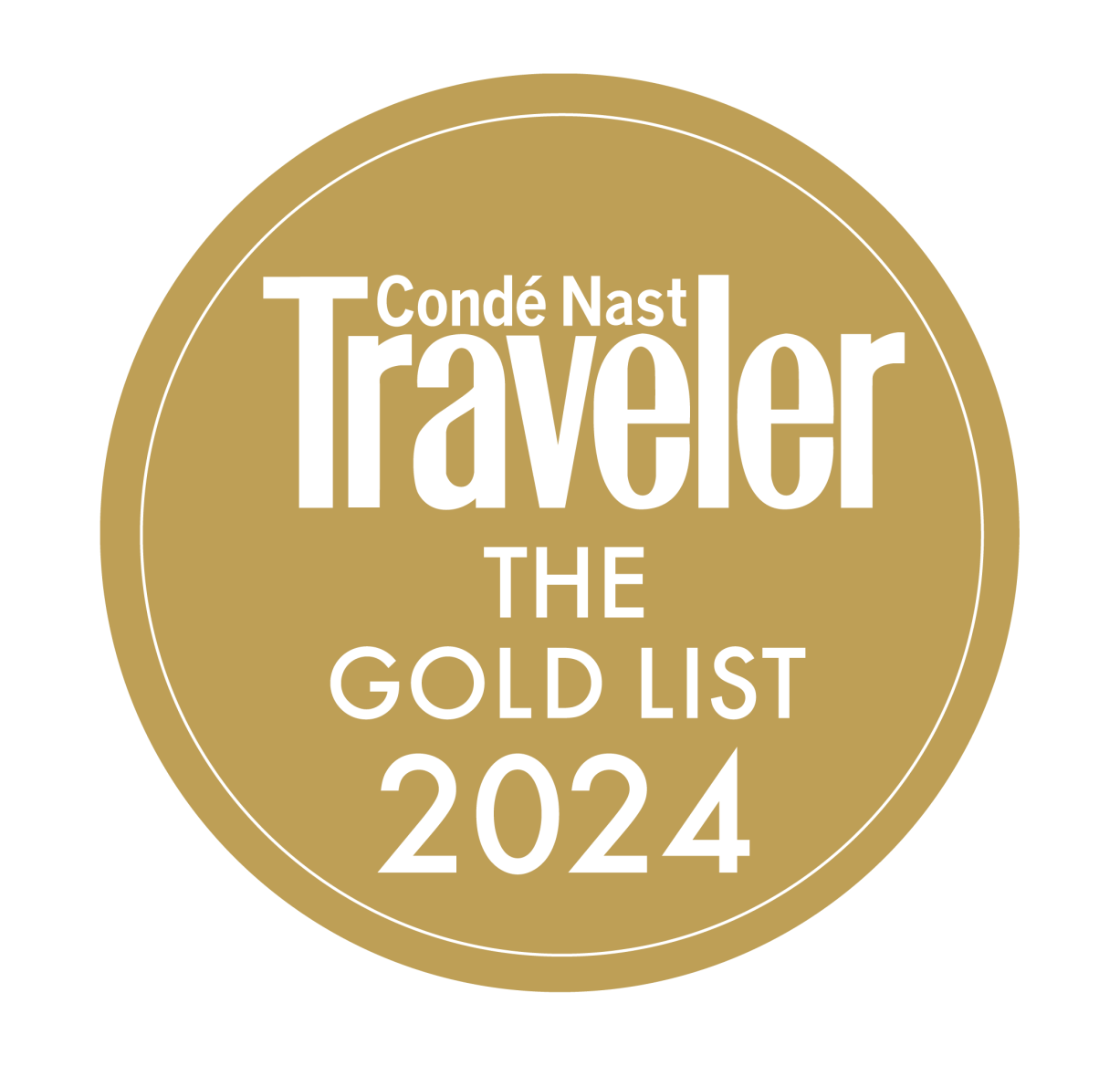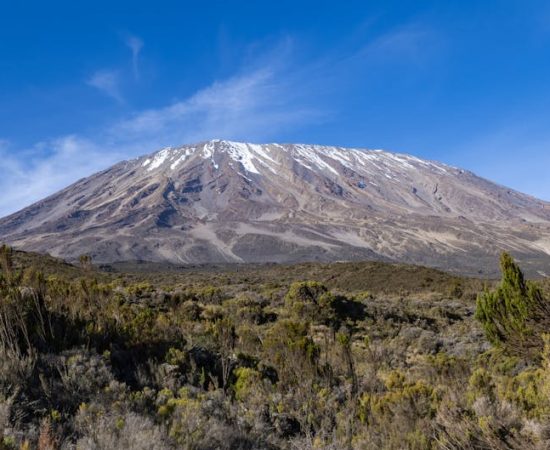Kilimanjaro Solo Travellers
Kilimanjaro Solo Travellers
Many travellers are drawn to the challenge of Mount Kilimanjaro Climbing. Just because you’re traveling to Tanzania alone doesn’t mean you have to climb Kilimanjaro alone. Recent trends have shown that the number of Kilimanjaro Solo Travellers has increased nowadays.
Our Solo Traveller’s Guide is designed to assist Kilimanjaro Solo Climbers in navigating this requirement, ensuring a safe and memorable Mount Kilimanjaro Climbing. Whether you’re a seasoned climber or a first-timer, this guide simplifies the journey.
Quick Navigation Links
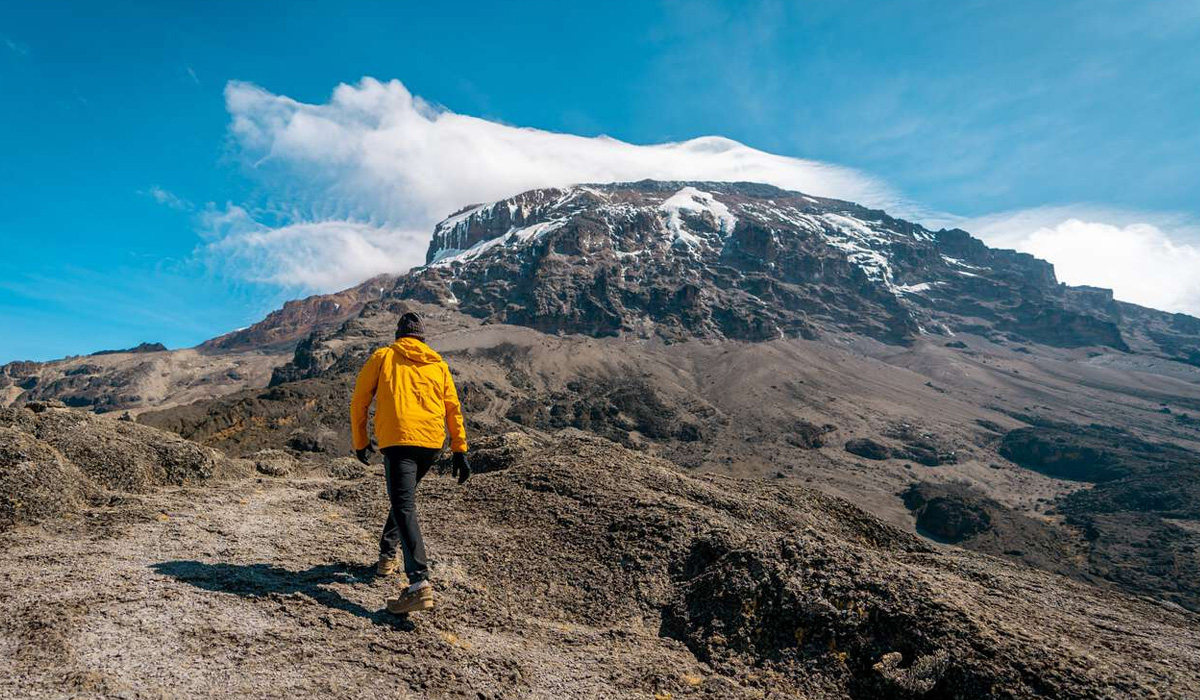
Why Climb Kilimanjaro Solo
- The solitude, combined with the raw beauty of nature, provides a transformative experience that group treks might not offer.
- It’s not just about reaching the summit; it’s about the journey, the introspection, and the stories you’ll carry back.
Pros And Cons Of Climbing Kilimanjaro Solo
Pros:
- Personal Evolution. Solo Traveller’s Kilimanjaro treks foster self-reflection and immense personal growth.
- Climbing Kilimanjaro Solo means you dictate your pace and decisions, free from group dynamics.
- Cultural Depth. Engaging closely with guides and locals provides a profound insight into the region’s culture and traditions.
Cons:
- Safety Issues. Specific safety challenges can arise without fellow climbers, especially during emergencies.
- Potential Loneliness. The path might sometimes feel solitary, lacking group members’ camaraderie.
- Expense. Solo adventures can sometimes be pricier than group packages due to individualized services.
comprehensive planning guide for Kilimanjaro Solo Travellers
Climbing Kilimanjaro requires careful planning, especially if you are doing it alone. The following are some essential factors that Kilimanjaro Solo Travellers need to consider
Fitness level
Climbing Kilimanjaro is like running a long race at high altitudes. Train your legs with hikes, build endurance with jogging or cycling, and improve lung strength with aerobic workouts. Start training early and try group hikes for practice.Weather conditions
Kilimanjaro has both hot and cold climates. Expect warm days at the base and cold nights higher up. Use moisture-wicking clothes, a warm jacket, and waterproof layers for comfort.Equipment
Good gear is vital. Choose robust and well-fitted hiking boots, layered clothing for varying temperatures, and lightweight trekking poles. Check Kilimanjaro Gear List from experienced climbers to ensure you pack right.
Acclimatization
Kilimanjaro Altitude Sickness is a risk above 2,500 meters, and Kilimanjaro’s peak is 5,895 meters. Spend extra days adjusting to higher altitudes, choose slower ascent routes, and be aware of symptoms like headaches and nausea.
Permits
All climbers need a Kilimanjaro National Park Authority (KINAPA) permit. It’s essential to get this permit in advance. A trusted agency like us can make this process smoother, especially during the busy climbing seasons.
Essentials Documents For Kilimanjaro Solo Travellers
Passport
A valid passport is required to enter Tanzania at least six months before expiration.Visa
A tourist visa is required to enter Tanzania. You can obtain it at the airport upon arrival or from the Tanzanian embassy in your home country.Travel Insurance
It’s highly recommended to have Kilimanjaro Travel Insurance that covers medical expenses and emergency evacuation in case of an accident or illness during the climb.
Kilimanjaro Trekking Permit
You’ll need a trekking permit to Climb Kilimanjaro, which can be obtained through a licensed tour operator.Yellow Fever Vaccination Certificate
If you’re arriving from a country with a risk of yellow fever transmission, you’ll need a yellow fever vaccination certificate to enter Tanzania.Medical History Form
Your Kilimanjaro Tour Operator may require you to complete a medical history form to ensure you’re physically fit enough to climb Kilimanjaro.
The Right Route For Kilimanjaro Solo Travellers
- The Marangu Route is the most popular and most accessible route to climb, making it a popular choice for Solo Travelers in Kilimanjaro.
- the Machame Route, also known as the Whiskey route, is more challenging but offers more scenic views and a more remote experience.
- The Lemosho Route is also a great option, as it balances challenge and solitude.
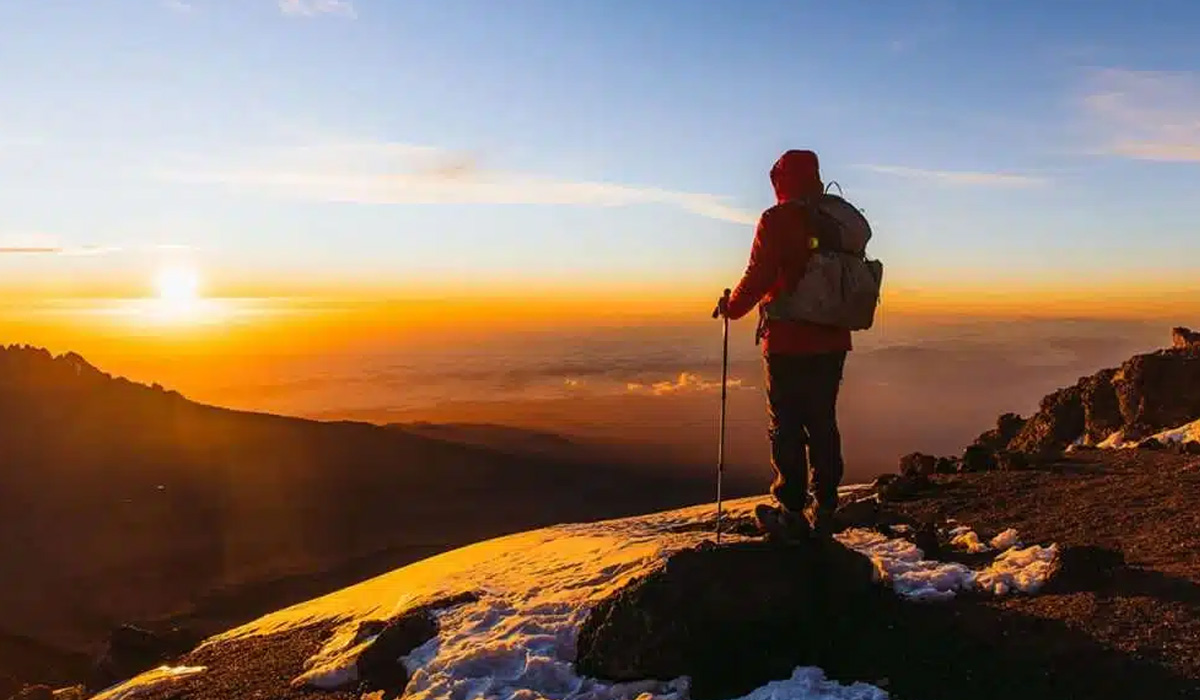
Kilimanjaro Packing List For Solo Travellers
For Clothing
- Water-proof jackets (must be breathable with hood)
- Insulated jackets (synthetic or down) or soft jackets
- Long sleeve shirts (must be light weights, moisture-wicking fabric)
- Waterproof pants (breathable and must have side zippers)
- Hiking pants
Head Gear
- Wide-brimmed hat
- Buff for face covering (optional)
Hand Gear
- Gloves, warm and waterproof
Foot Wear
- Hiking Boots (warm and waterproof)
- Gym shoes (optional)
- Socks (wool/synthetic)
- Gaiters (waterproof)
Hiking Equipment
- Sleeping bag
- Camp pillow
- Trekking poles
- Headlamp (carry extra batteries)
- Duffel Bag (50-90 L capacity)
- Day pack (30-35 L)
Others Accessories
- Sunglasses
- Backpack cover
- Water bottle
- Towel light (weights & quick dry)
Other Important Things To Consider
- First–Aid Kit
- Insect Repellent
- Cameras
- Toiletries
Hope this Kilimanjaro Packing List curated for our solo travellers helps you pack well and avoid all last-minute hassles.
Kilimanjaro Packing List For Solo Travellers
Climbing Kilimanjaro Solo involves some risks, and it is essential to take the necessary precautions to ensure your safety. The following are some safety considerations to keep in mind:
Hire A Guide
Hiring a guide is not mandatory but highly recommended, especially for solo travellers. A guide will provide necessary information about the route, ensure safety, and assist with emergencies.Emergency Procedures
Familiarise yourself with the emergency procedures, including the location of the nearest rescue station, and carry a first aid kit.Stay Hydrated
Staying hydrated is crucial for acclimatization and overall health. Ensure that you have enough water and a water filtration system to purify water along the route.Weather Conditions
On Kilimanjaro, the weather varies from tropical to freezing. As you ascend, warm conditions can quickly become cold and rainy, turning to snow. Pack layered clothing, waterproofs, and UV protection to adjust to these rapid changes.Altitude Sickness
Ascending Kilimanjaro exposes climbers to altitude sickness risks. Symptoms include headaches and nausea. To mitigate, climb slowly, stay hydrated, and consider preventative medications. Prioritise health and consider descending if symptoms become severe during Mount Kilimanjaro Climbing.Cost To Climb Kilimanjaro Solo (Depends On Various Factors)
Are You Ready For Climbing Kilimanjaro Solo?
Solo Mount Kilimanjaro Climbing is a challenging but achievable goal for experienced hikers with the proper preparation and equipment. Planning, staying safe, and being aware of the potential risks is essential.
With determination and perseverance, the summit’s incredible views and sense of accomplishment make the journey worth it for Kilimanjaro Solo Travelers.
the most awaRded adVentuRe
tour operator in kilimanjaro
We are proud of our 100+ reviews on Tripadvisor, the largest tour review website.
Kilimanjaro Preparation





Training For Kilimanjaro Faq's
Is it safe to climb Kilimanjaro alone?
How long does it take to climb Kilimanjaro solo?
What kind of physical fitness level is required to climb Kilimanjaro alone?
What is the best time of year to climb Kilimanjaro solo?
Do I need special permits to climb Kilimanjaro alone?
What should I pack for a Kilimanjaro solo climb?
SEE WHO TRUSTED US!
Pizza Hut Breaks World Record with Trusted Delivery Partner, Tanzania Tribe Safari, (aka) summit trails.







